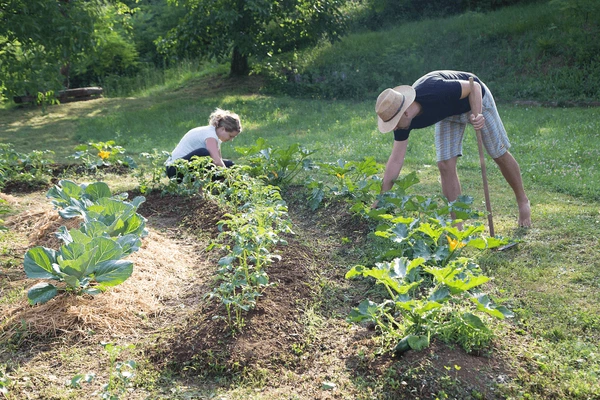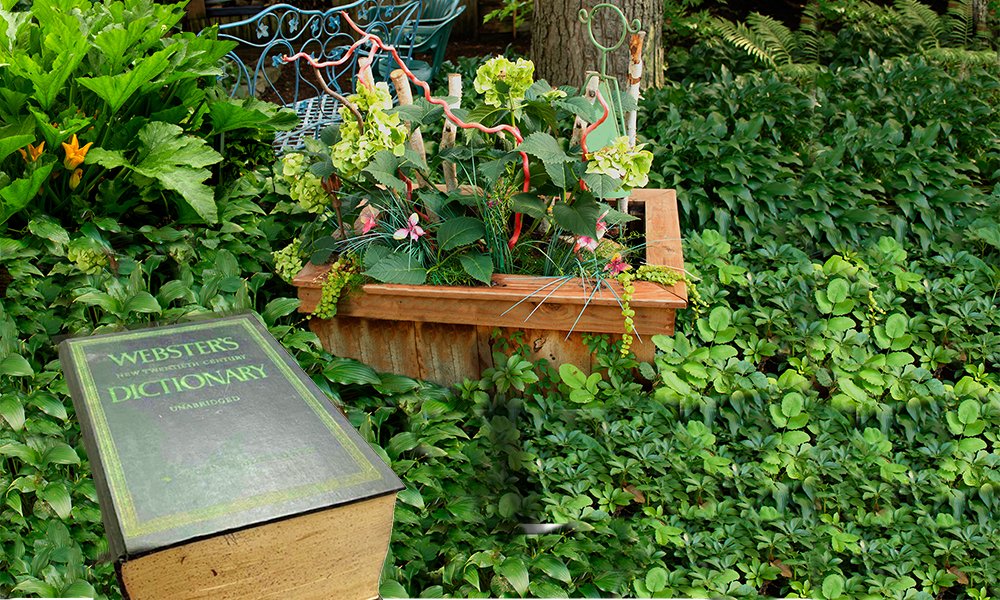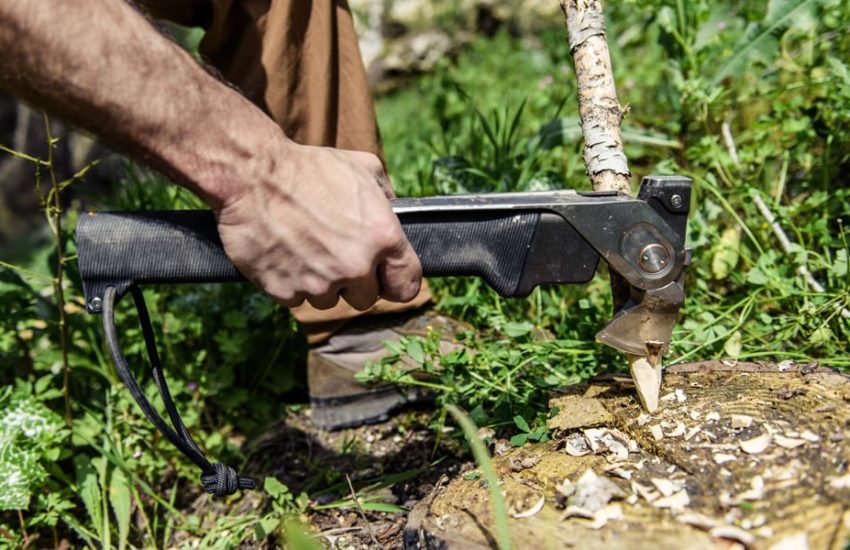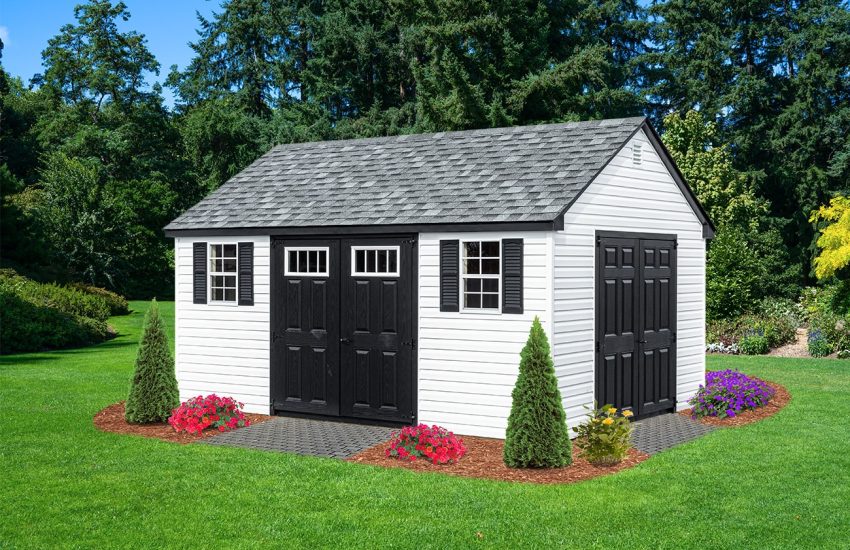How to Incorporate Succulents into Your Permaculture Landscape
Incorporating succulents into your permaculture landscape is a smart and sustainable choice. Succulents are low-maintenance, drought-tolerant, and often attract beneficial insects. Here’s how to effectively integrate them into your design:
Select the Right Succulents
Climate Suitability: Choose succulents that are native or well-adapted to your local climate. Hardy varieties like Sedum and Sempervivum work well in colder climates, while Agave and Aloe thrive in warmer regions.
Diversity: Incorporate a mix of groundcovers, shrubs, and taller succulents to create varied layers and microclimates within your landscape.
Design for Water Efficiency
Zones and Placement: Group succulents in zones that receive minimal water, such as higher elevations or rocky areas in your garden. This mimics their natural environments and reduces irrigation needs.
Rainwater Harvesting: Position succulents near swales, rain gardens, or where roof runoff is directed. They can thrive on rainwater alone in many climates.
Soil Preparation
Well-Draining Soil: Ensure your soil is well-draining by incorporating sand, gravel, or organic matter. This prevents root rot, a common issue for succulents in overly wet conditions.
Mulching: Use gravel or stone mulch around succulents to maintain soil temperature, reduce evaporation, and add an aesthetic touch.
Incorporate Succulents in Key Permaculture Zones

Zone 1 (Near the House): Place succulents in pots or as part of your edible landscape. Certain succulents, like Aloe Vera, have medicinal uses and are ideal for this zone.
Zone 3 (Orchard): Use groundcover succulents like ice plant or stonecrop to suppress weeds and retain moisture around fruit trees.
Companion Planting
Support Pollinators: Succulents like Sedum attract bees and butterflies. Integrate them near flowering plants or vegetable gardens to enhance pollination.
Protective Barriers: Use spiky succulents like Agave to create natural barriers that deter pests or protect vulnerable plants.
Maintain Biodiversity
Create Microhabitats: Plant succulents in rock gardens, between stepping stones, or on slopes. These areas can become microhabitats for beneficial insects and other wildlife.
Seasonal Interest: Choose a mix of evergreen and deciduous succulents to ensure year-round visual interest.
Low-Maintenance Care
Pruning and Propagation: Regularly prune and propagate your succulents to control their spread and increase your plant stock. Succulents are easy to propagate from cuttings or leaves.
Minimal Watering: Water sparingly, especially during dormant periods. Overwatering is a common mistake with succulents.
Integrate Aesthetically
Naturalistic Design: Arrange succulents in naturalistic patterns that mimic their wild habitats. Avoid rigid, formal layouts to keep with the principles of permaculture.
Color and Texture: Use succulents with varied colors and textures to create visual interest, especially in otherwise monotonous areas of the garden.
By integrating succulents thoughtfully into your permaculture landscape, you can create a resilient, beautiful, and sustainable environment that benefits both you and the ecosystem.




